Don’t Ignore These Symptoms! Come visit us at The Optometrists’ Clinic in Edmonton.
Detecting vision problems early in life can help preserve your eyesight and prevent long-term vision loss. While some eye conditions develop gradually and don’t show early warning signs, others cause noticeable symptoms that should never be ignored. If you experience any unusual changes in your vision, it’s crucial to visit your optometrist as soon as possible. Here are five eye symptoms that require immediate attention.
1. Sudden Increase in Floaters or Flashes of Light
Floaters are small specks or shadowy shapes that drift across your field of vision. They’re relatively common, especially as you age, and usually harmless. However, if you suddenly notice a significant increase in floaters, especially when accompanied by flashes of light, this could be a sign of retinal detachment—a serious condition that requires immediate medical attention.
Retinal detachment occurs when the retina pulls away from the back of the eye, cutting off its blood supply. If left untreated, it can lead to permanent vision loss. Symptoms may also include a dark shadow or curtain effect appearing in your peripheral vision. If you notice any of these signs, see an optometrist or visit an emergency eye clinic right away.
2. Double Vision
Seeing double (also known as diplopia) is never normal and should be evaluated by a health professional. Double vision can occur in one or both eyes, and the cause will determine whether it’s a minor issue or something more serious.
- Double vision in one eye may indicate a corneal problem or a cataract that distorts incoming light.
- Double vision in both eyes can be a sign of neurological issues, such as a problem with the brain or nervous system.
If your double vision is sudden, persistent, or accompanied by symptoms like slurred speech, dizziness, or severe headache, seek emergency medical attention immediately. These could be signs of a stroke or other life-threatening condition.
3. Blurred Vision That Doesn’t Improve
Gradual blurring of vision can happen naturally as part of aging, but if your vision suddenly becomes blurry or progressively worsens, it could indicate an underlying eye condition.
Possible causes include:
- Cataracts – A clouding of the eye’s lens that develops slowly and affects vision clarity. Cataract surgery is an effective treatment.
- Age-related macular degeneration (AMD) – A progressive disease that damages the central part of the retina, leading to blurry or distorted vision.
- Diabetic retinopathy – A complication of diabetes that affects the blood vessels in the retina, potentially leading to blindness if untreated.
- Glaucoma – A condition that damages the optic nerve, often causing gradual vision loss that may not be noticed until it’s too late.
If you experience persistent or sudden blurred vision, schedule an eye exam with an optometrist right away. Early detection of these conditions can prevent permanent damage and help preserve your vision.
4. Burning, Itching, or Eye Irritation
If your eyes feel burning, itchy, or constantly irritated, it could be a sign of an underlying issue such as:
- Blepharitis – A common eyelid inflammation caused by an overgrowth of bacteria or microscopic mites. It often leads to itchy, red, swollen eyelids.
- Dry eye syndrome – When your eyes don’t produce enough tears or the right quality of tears, causing discomfort and irritation.
- Styes – A painful red bump on the eyelid caused by a bacterial infection of an oil gland.
- Photokeratitis (sunburned eyes) – Caused by prolonged exposure to UV rays from the sun or tanning beds. It results in pain, redness, and extreme light sensitivity.
Many of these conditions can be treated with prescription eye drops, warm compresses, or lifestyle changes. If your symptoms persist, see an optometrist to determine the underlying cause and receive appropriate treatment.
5. Persistent Redness or Eye Pain
Occasional redness in the eyes can result from minor irritation, lack of sleep, or allergies. However, persistent redness accompanied by pain, discharge, or light sensitivity could signal an infection or a more serious problem.
Some possible causes include:
- Conjunctivitis (pink eye) – A contagious infection that causes red, watery, and itchy eyes. Bacterial conjunctivitis may require antibiotic treatment.
- Keratitis – An infection or inflammation of the cornea that can cause severe eye pain, blurred vision, and sensitivity to light.
- Uveitis – An inflammatory condition that affects the inner layers of the eye and may be associated with autoimmune disorders.
- Contact lens-related infections – If you wear contact lenses and develop redness, swelling, or pain, you may have a serious corneal infection that requires immediate treatment.
If you experience severe or prolonged eye redness and pain, don’t ignore it. Seek medical attention promptly to prevent complications.
The Importance of Regular Eye Exams
Many serious eye conditions don’t cause noticeable symptoms in their early stages. That’s why regular eye exams are essential for detecting problems before they lead to permanent vision loss. Optometrists recommend the following eye exam schedule:
- Children (up to age 18): Once a year
- Adults (18-64): Every 1-2 years
- Seniors (65+): Annually
If you have diabetes, a family history of eye disease, or wear contact lenses, you may need more frequent check-ups.
Comprehensive Eye Care in Edmonton
At Optometrists’ Clinic Inc., we’re dedicated to protecting your vision and overall eye health. We provide thorough eye exams, advanced diagnostic screenings, and personalized treatment options for a wide range of vision concerns.
If you’re experiencing floaters, double vision, persistent redness, or any other concerning symptoms, don’t wait—book an appointment with one of our expert optometrists today. We have five locations across Edmonton, Leduc, and Westlock for your convenience.
Contact us today to schedule your comprehensive eye exam.




